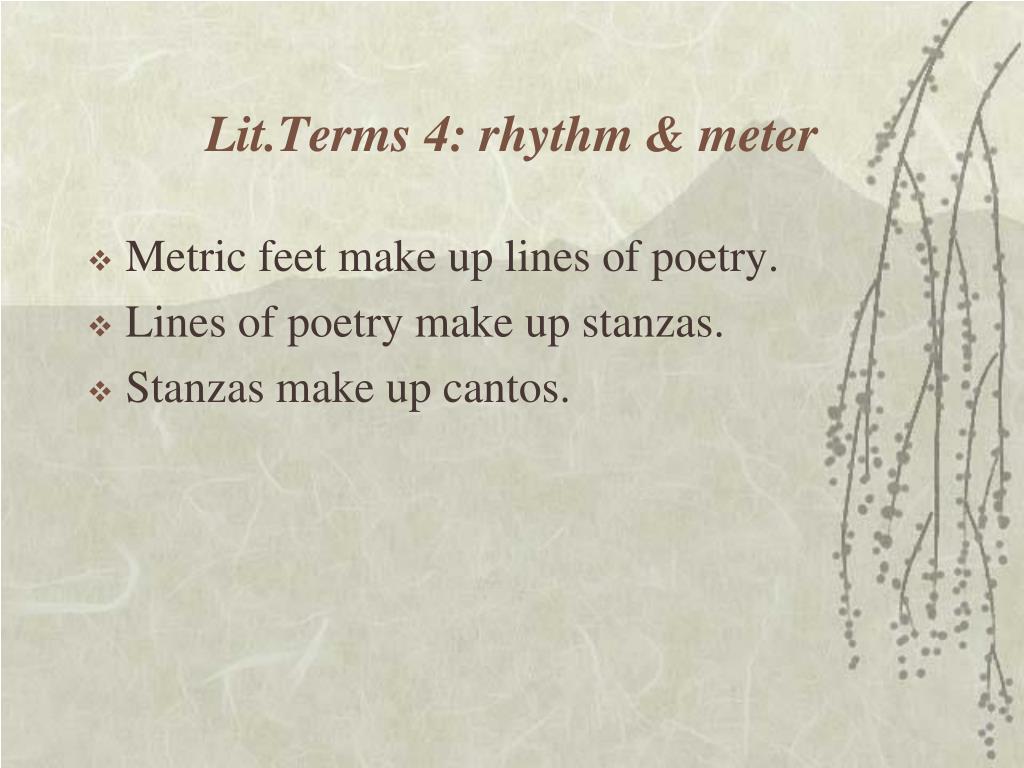

I will present the focus of my argument via a controversy regarding the first line of the following excerpt, by Milton. Poetic rhythm is a linguistic-aesthetic-psychological phenomenon. Indeed, one may trace a direct line between his pioneering “laboratory experiments on the acoustic correlates of metrical judgment in a reader’s mind during performance” and contemporary experiments with vocal deformance, which pose important disruptions to settled theories of poetry and poetics. Tsur argues that the extent to which intonation links meter to rhythm in mental or vocal performance has been grossly underestimated. By positing the importance of phonetic correlates, such as late peaking, duration, or glottal stops, his work expands our resources for such problem-solving, rather than making judgments of metricality through the counting and instantiation of stress accent. Tsur suggests that a reader’s rhythmical performance of complex lines (i.e., lines in which the linguistic pattern and the versification pattern diverge) may be regarded as a problem-solving activity that makes the conflicting patterns perceptible. We might be reminded of work by other contributors to this Colloquy, who have as profitably relied on other resources (i.e., the low-tech exhaustive analysis of thousands of lines) to reveal metrical change across periods or within a single poet’s career. The penultimate section, “A Diachronic Model,” brings the analysis into historical focus. Second, after considering the practical value of different theories, the essay identifies sea changes in English metrical style from Shakespeare to Shelley. The opening of the essay pits two published scansions of a line from Milton’s Paradise Lost against each other, and the beginning of the section entitled “Metrical/Unmetrical” tests various metrical theories against real and invented lines of pentameter, finding the theories inadequate to the complexity and interest of the poets’ actual historical practice.

First, the essay sketches a history of modern scholarship at the intersection of prosody and linguistics. Tsur’s contribution connects to the theme of this Colloquy in two ways. Where some theories of meter (both traditional and linguistic) hew a division between metrical and unmetrical lines based on a set of fixed parameters, Tsur has introduced to prosodic scholarship the machine-based analyses of the wave plot and F₀ extract of performances of actual lines to challenge so rigid and transhistorical a notion of metricality. He has spent a lifetime demonstrating the importance of “the rhythmical performance” of a poem. Reuven Tsur is a founder of cognitive poetics.


 0 kommentar(er)
0 kommentar(er)
